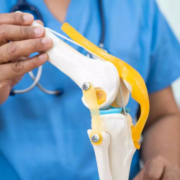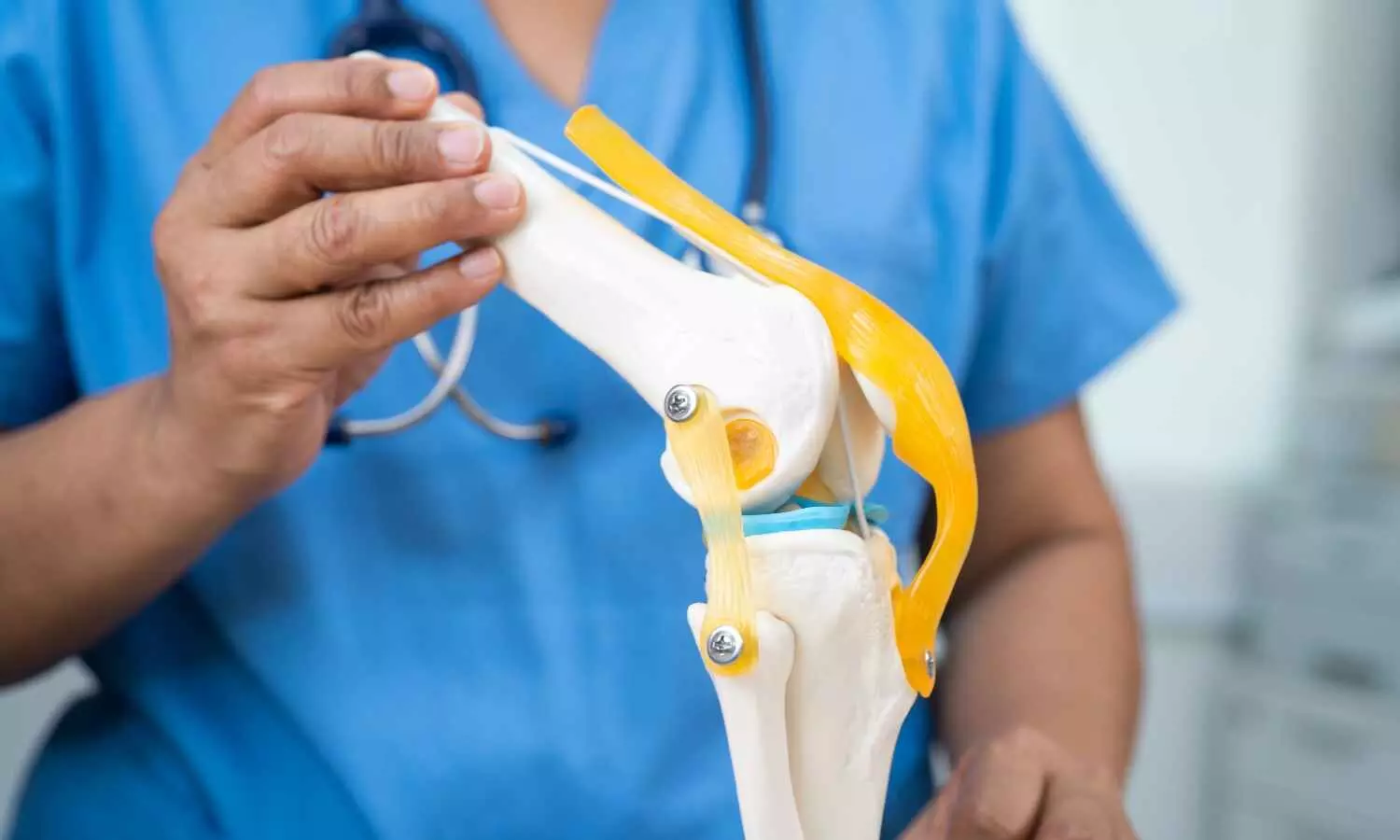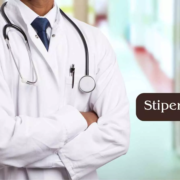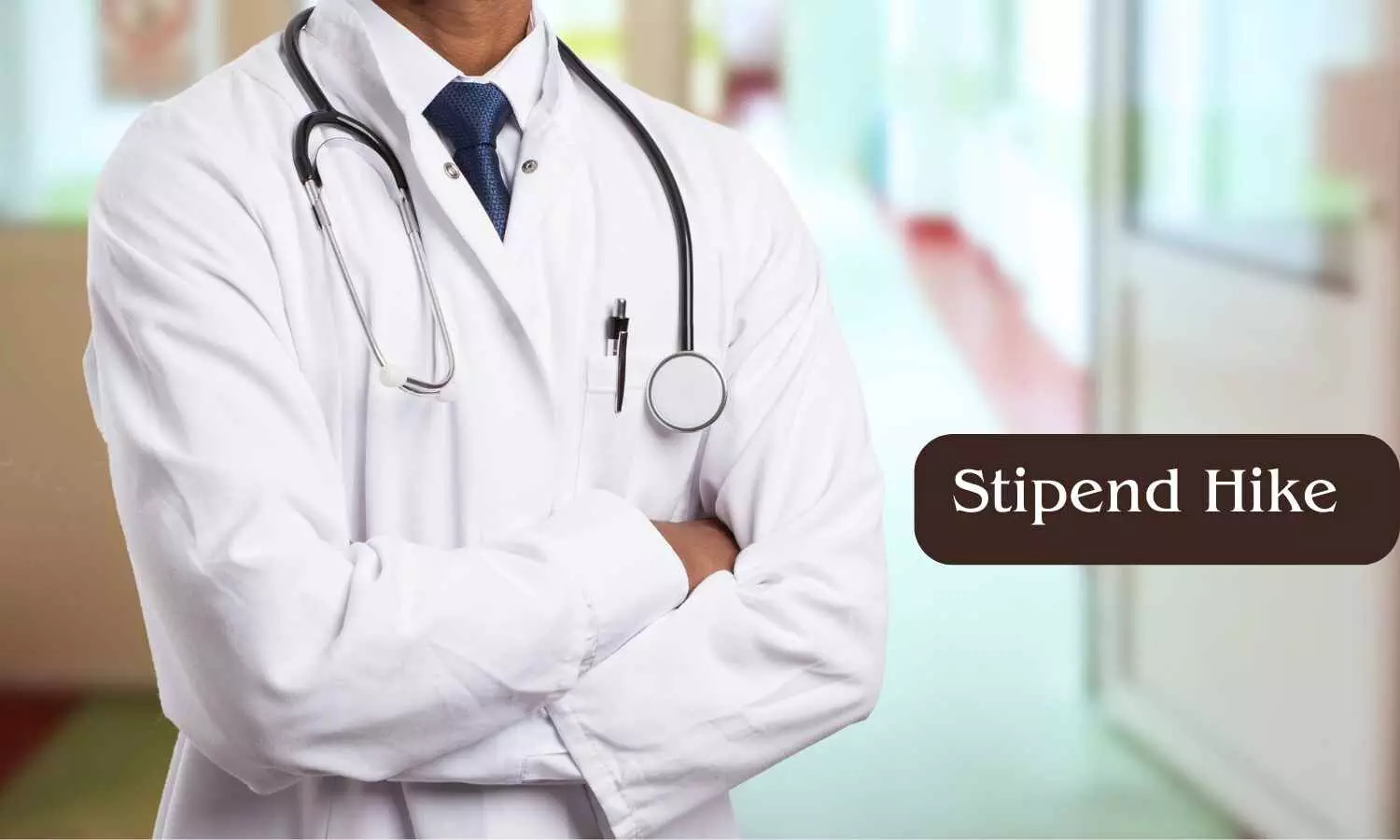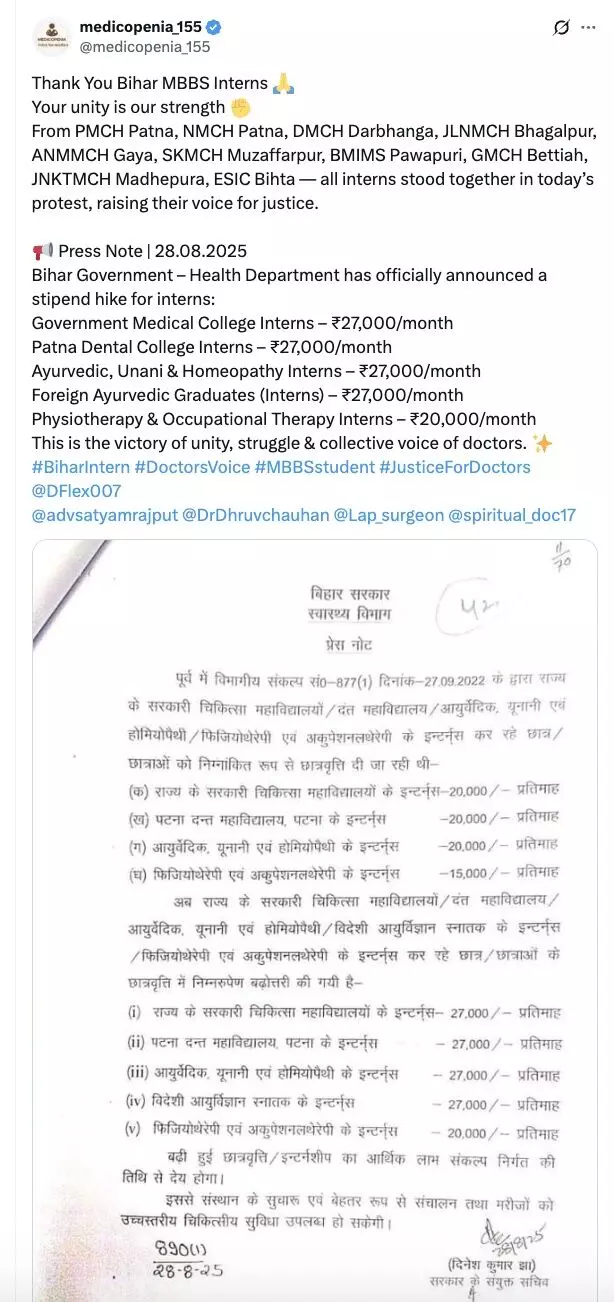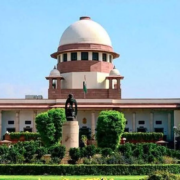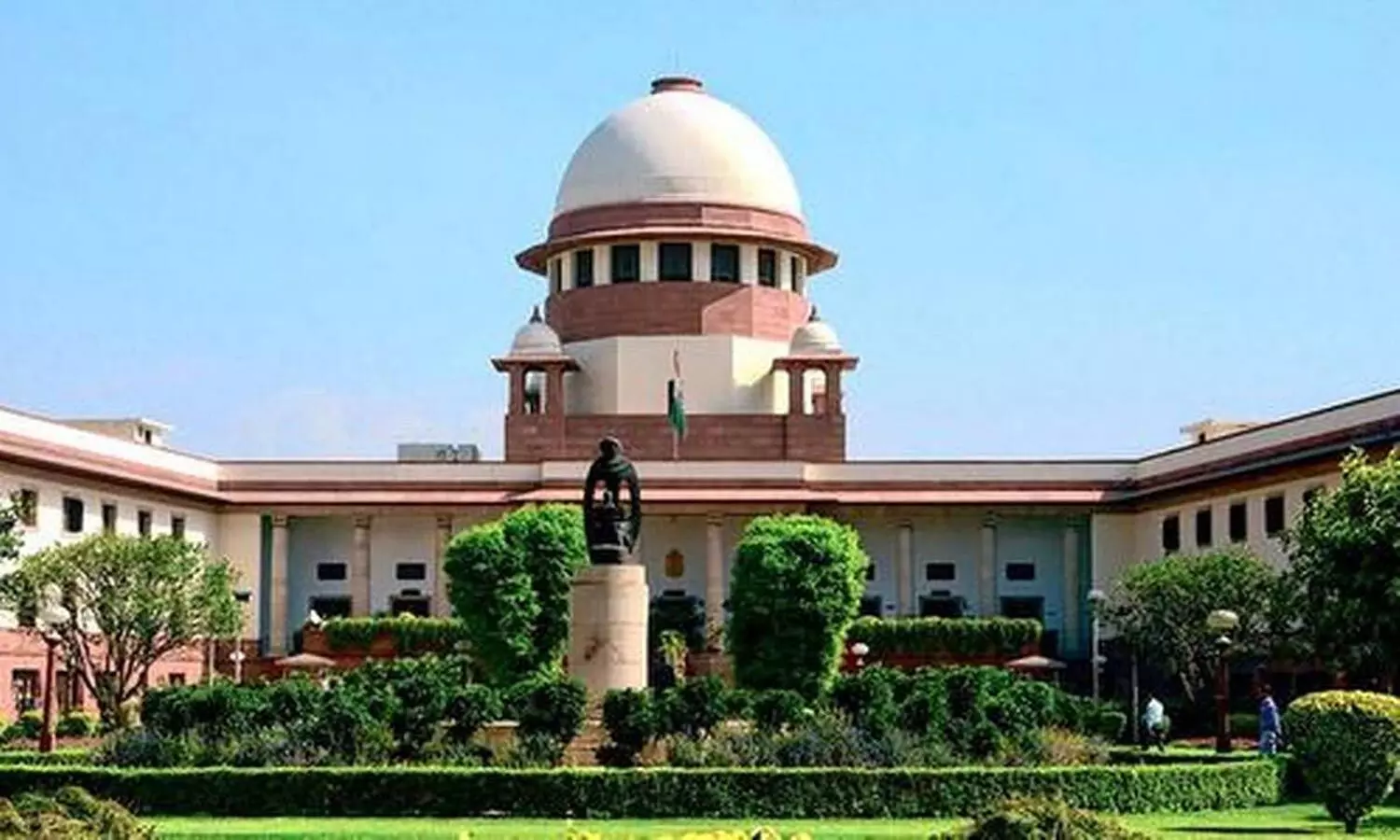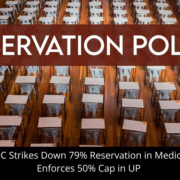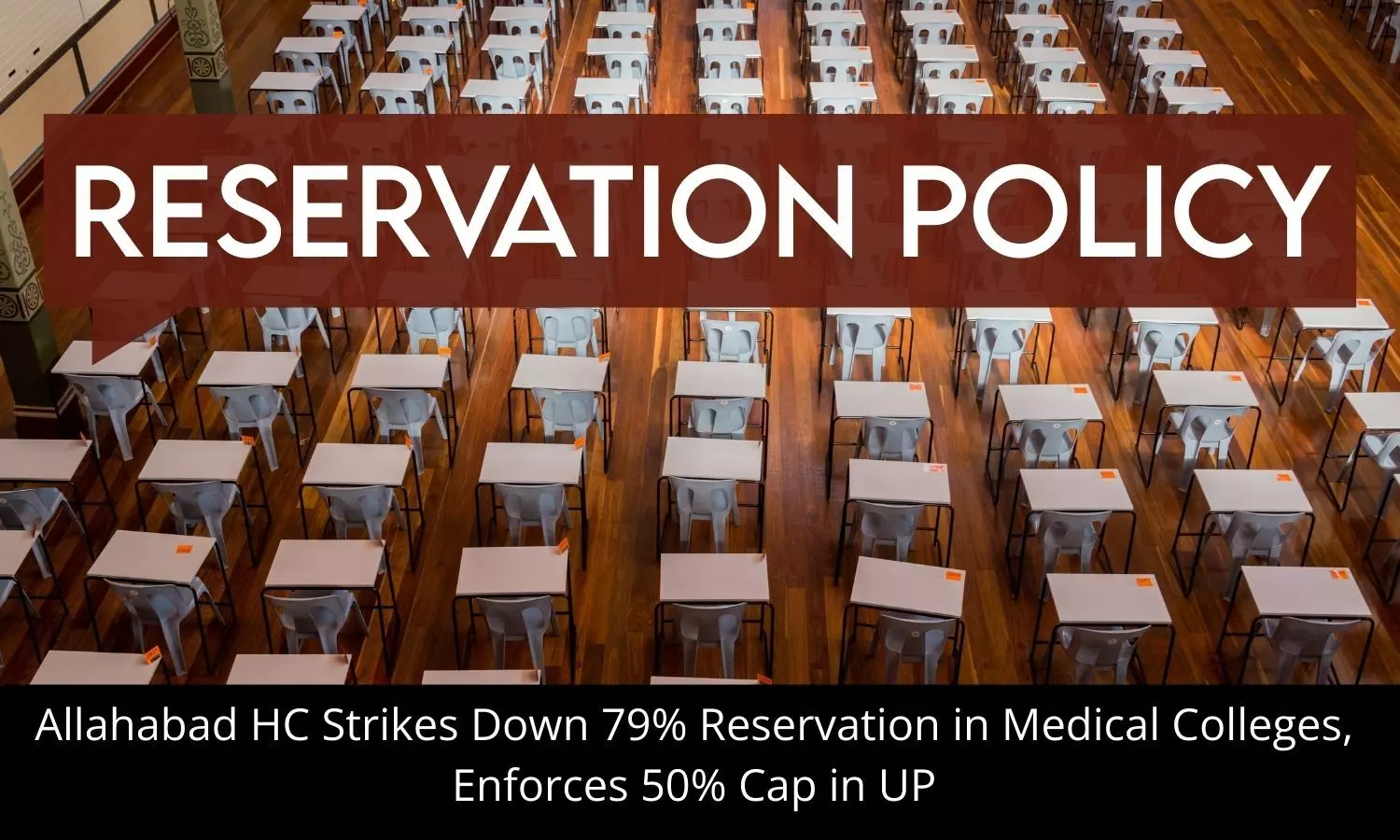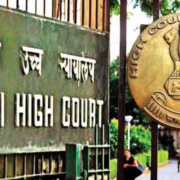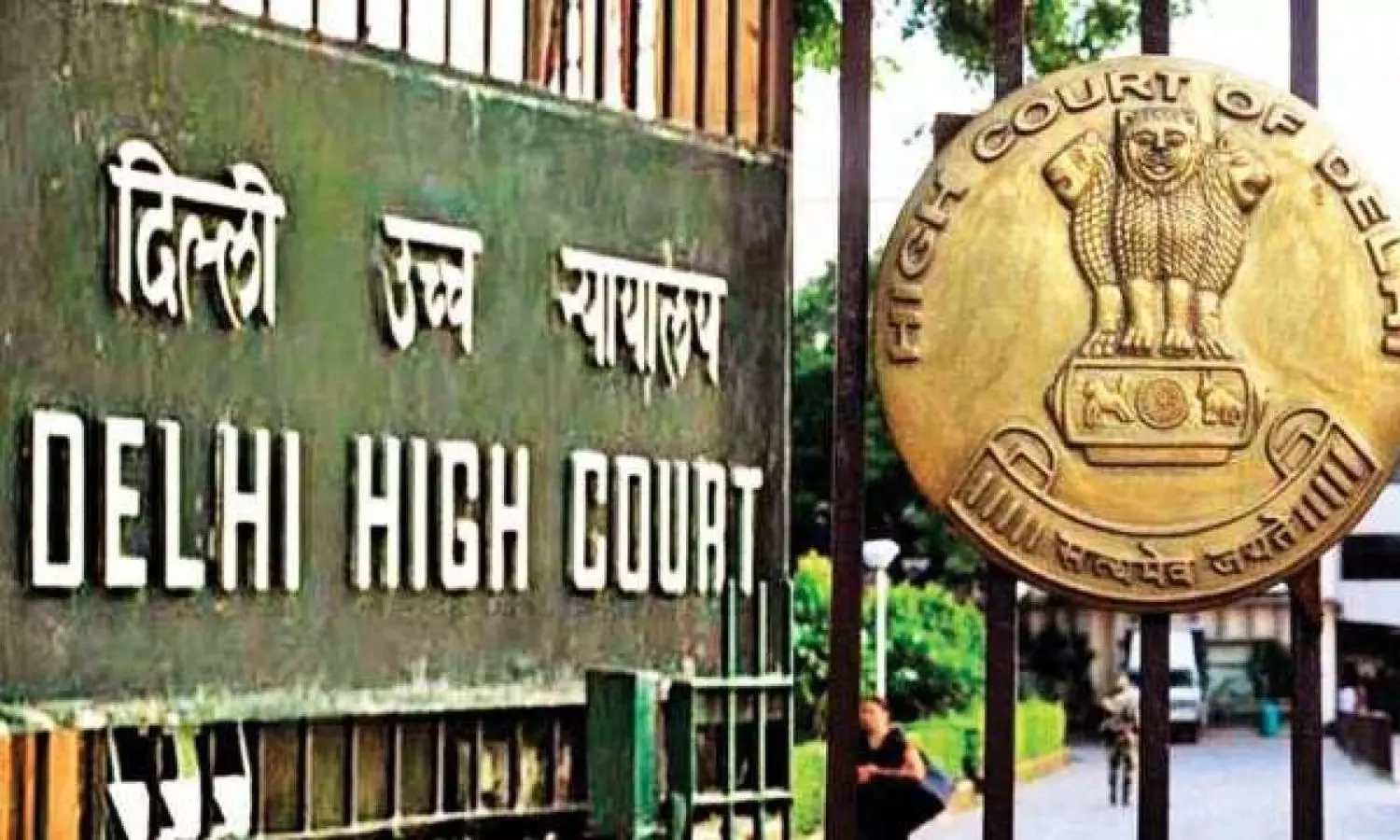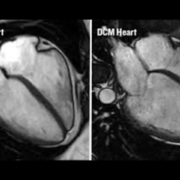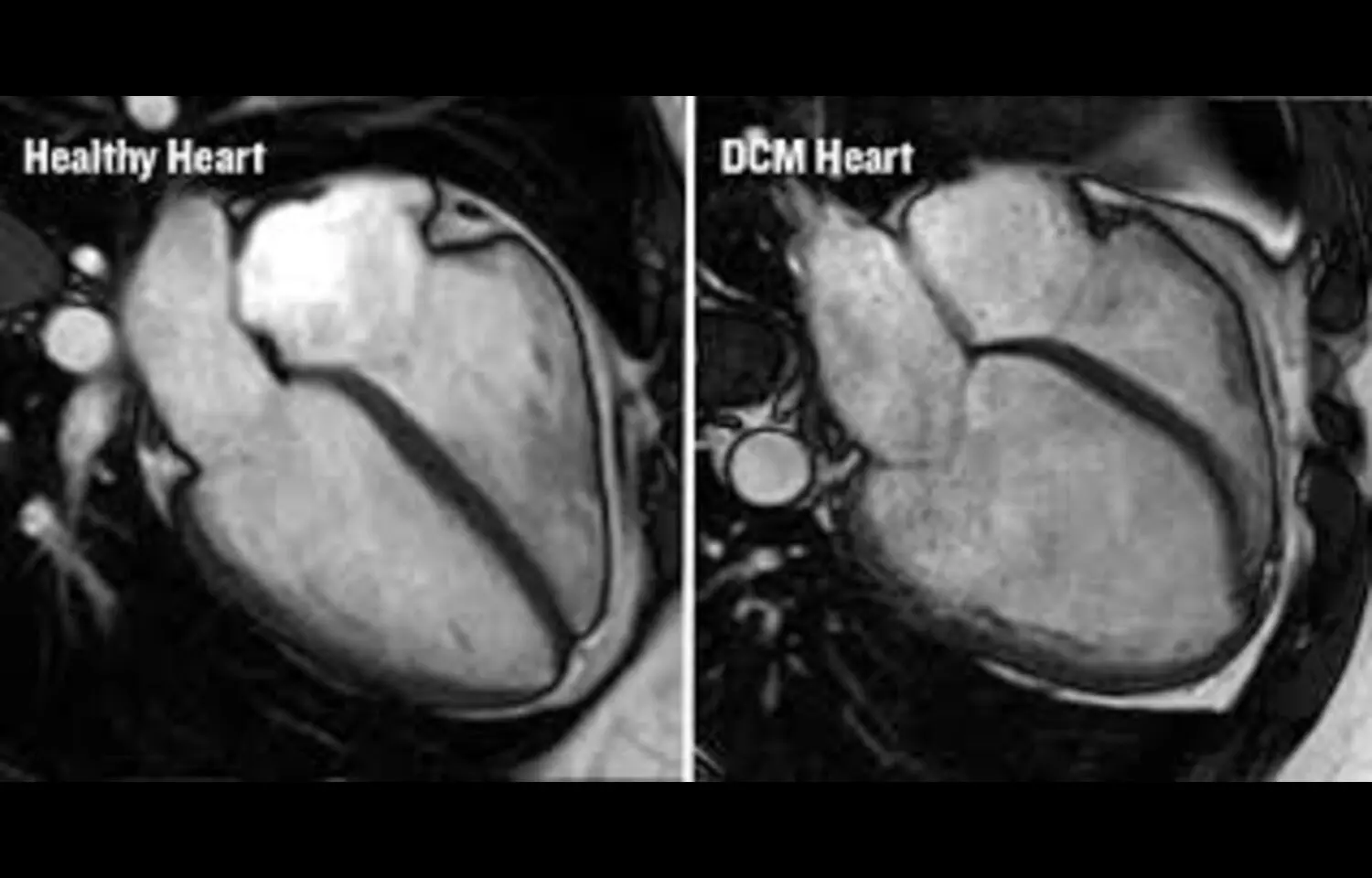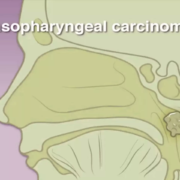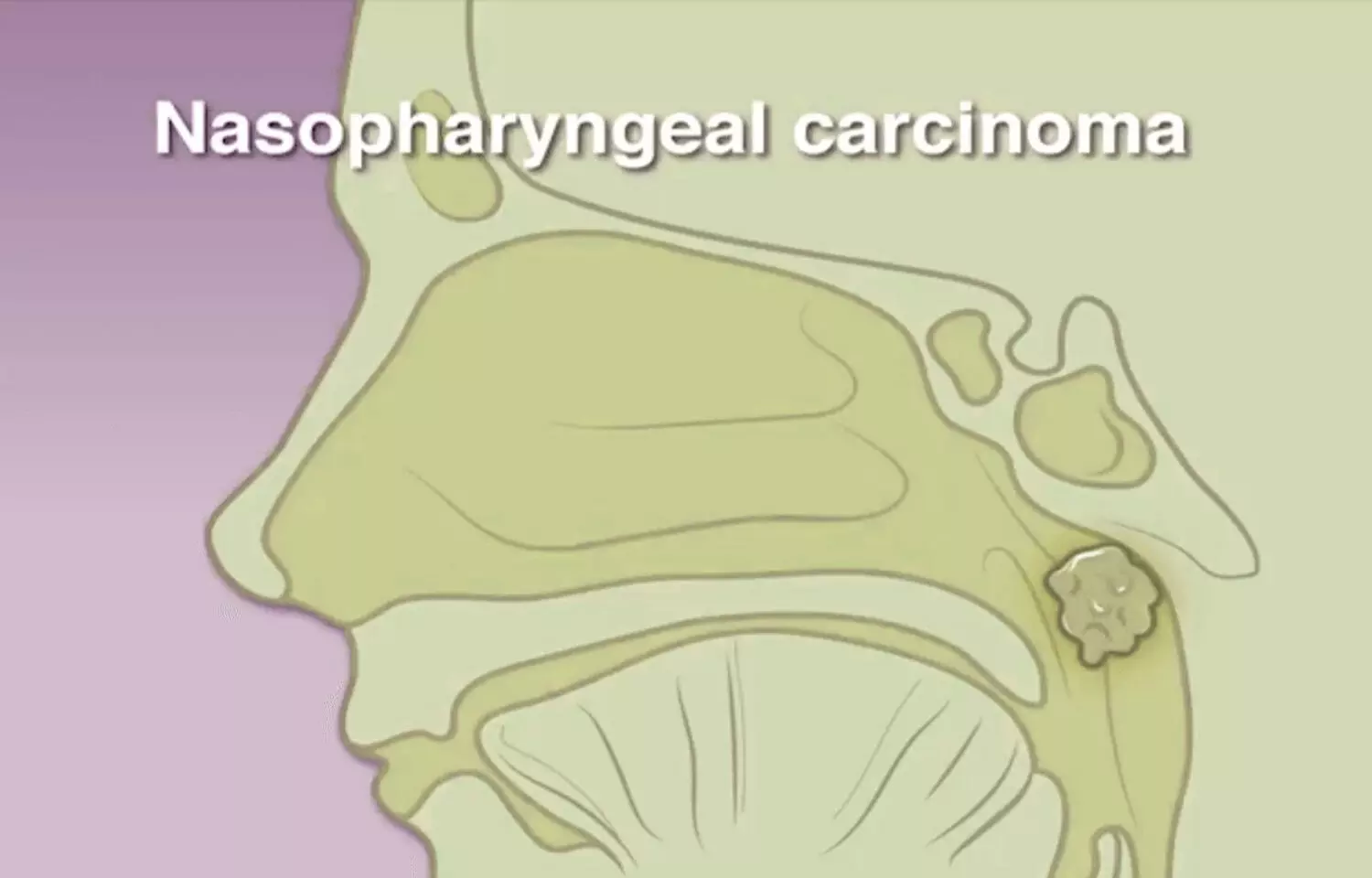Combination therapy improves outcomes for advanced triple-negative breast cancer: Study

A new study led by researchers at the Icahn School of Medicine at Mount Sinai has found that adding the targeted therapy everolimus to standard carboplatin chemotherapy extends the time before disease progression in patients with advanced triple-negative breast cancer (TNBC), one of the most aggressive and hard-to-treat forms of breast cancer.
The randomized phase 2 clinical trial, published in Breast Cancer Research and Treatment, showed that patients receiving the combination treatment experienced a 52 percent reduction in the risk of disease progression or death compared to those treated with carboplatin alone. The regimen was well tolerated, with no unexpected safety concerns.
“Triple-negative breast cancer has limited treatment options and is often resistant to standard therapies,” said senior author Amy Tiersten, MD, Professor of Medicine (Hematology and Medical Oncology) at the Icahn School of Medicine. “Our findings suggest that the combination of carboplatin and everolimus could offer a new option for patients, and should be further tested in larger clinical trials to confirm its effectiveness and safety.”
According to the American Cancer Society, triple-negative breast cancer is a type of breast cancer that makes up about 10 to 15 out of every 100 cases. It’s tougher to treat and can be more dangerous than other kinds of breast cancer.
Many TNBC tumors are missing something called the PTEN gene, which usually helps keep cell growth under control. Without PTEN, a “growth switch” called the mTOR pathway gets turned on, making the cancer grow faster. Everolimus can block this switch, which may slow down or even stop the cancer from spreading.
In this study, Mount Sinai doctors worked with patients whose TNBC had already been treated up to three times before. They randomly chose some patients to receive carboplatin (a common chemotherapy) alone, while others got carboplatin plus everolimus. The patients who got both medicines lived without their cancer getting worse for longer than those who got only chemotherapy. “This combination could represent a promising new treatment option for advanced triple-negative breast cancer if validated in phase 3 trials,” said Rima Patel, MD, Assistant Professor of Medicine (Hematology and Medical Oncology) at the Icahn School of Medicine and first author of the study.
Future phase 3 studies will be needed to confirm the efficacy of carboplatin and everolimus in metastatic TNBC. If the efficacy of the combination is confirmed in larger studies, carboplatin and everolimus could be considered another treatment option for patients with TNBC in lieu of offering carboplatin or another single-agent chemotherapy alone.
Reference:
Patel, R., Fukui, J., Klein, P. et al. Randomized phase II comparison of single-agent carboplatin versus combination of carboplatin and everolimus for advanced triple negative breast cancer. Breast Cancer Res Treat (2025). https://doi.org/10.1007/s10549-025-07802-7
Powered by WPeMatico


